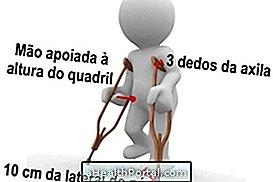The best olive oil is one that has acidity of up to 0.8%, called extra virgin olive oil. This happens because the lower the acidity, the more good fats, the better the nutritional quality and the more benefits the olive oil provides to health, making the evaluation of the label essential for choosing the best olive oil for consumption.
Olive oil is widely used to season salads and finalize dishes, as it is rich in fats that are good for the heart and help reduce high cholesterol.
In addition to health benefits and its culinary applications, to know how to identify a good olive oil in the supermarket, it is necessary to know the main types of olive oil to better understand the recommendations for the use of these oils and their characteristics.

5 Tips for Choosing the Most Healthy Olive Oil
To identify good olive oil, some observations must be made at the time of purchase. Check out the tips:
- Give preference to extra-virgin olive oil: it contains more nutrients and less acidity. When it is not possible, choose the virgin.
- Choose the olive oil with acidity up to 0.8%: the lower the acidity, the purer and better the quality of the olive oil.
- Choose pure olive oil without mixing with other oils or oils: this information can be found in the ingredients on the label. Make sure that olive oil is not mixed with refined olive oil or other oils, and may be called compound oil.
- Pick up the oils from the bottom of the shelf, stored away from the lighting: Exposing the oil to light and the sun can oxidize the monounsaturated fats and cause the oil to lose its nutritional qualities.
- Choose olive oil from dark packaging and glass: this prevents the light from coming in contact with the oil and make it lose nutritional properties.
Another important information is to follow the inspection carried out by bodies such as Inmetro or Proteste, which evaluates the quality of different products and oils available in the market. This prevents the purchase of adulterated products or fraud, which harms the consumer.
Lampante olive oil is a type of olive oil not recommended for consumption because its acidity is higher than 2.0% and considered very high. Its use is common as fuel in lighting equipment, but sometimes it can be used, without proper treatment, to be mixed with other types of oil.
Classification of olive oil types
Olive oil is obtained from the fruit of the olive tree, the olives. The types of oil are differentiated by the mechanisms of extraction, refining and temperatures used to remove the oil from the olives.
All these factors interfere with the amount of good fats present in the oil and the more good fats, the better the quality and the lower the acidity. In this way, the oils are classified as:
| Type of olive oil | Acidity (%) | Main differences | Quality |
| Extra virgin | Up to 0.8 | Preserves all the nutrients of olive oil. It is the result of the first pressing of the olives, at controlled temperature, without going through any type of refining. | (I.e. |
| Virgin | Less than or equal to 2.0 | It is obtained exclusively by physical and mechanical processes, at controlled temperature, without going through any type of refining. | (I.e. |
| Single | Less than or equal to 1.0 | It is a blend of refined olive oil with virgin or extra-virgin olive oil, having lower quality. |
(I.e. |
Thus, whenever possible, one should prefer to consume the extra virgin olive oil in salads and to finish preparations, as it has more nutrients and good fats than other types of olive oil.
Benefits of extra-virgin olive oil
Daily consumption of extra virgin olive oil reduces bad cholesterol, protects the heart and cells, decreases inflammation in the body, lowers blood pressure, prevents premature aging and diseases such as heart attack, cancer and type 2 diabetes.
The benefits of olive oil are associated with the presence of monounsaturated fats, known as good fats, antioxidants, vitamin E and anti-inflammatory and satiety-stimulating substances, which helps you lose weight.
Learn more about the benefits of olive oil and how to use it to lose weight and improve skin and hair.

Recommended amount of olive oil
The recommendation of olive oil per day is 1 tablespoon of dessert.
Olive oil should preferably be used as a seasoning for salads, in finishing dishes or as a substitute for butter and margarine to pass on bread, thus avoiding excessive heating that can alter its healthy properties, reducing the antioxidant content and the quality of monounsaturated fats.
So, for cooking, prefer healthy oils with higher amounts of saturated fat, as in the case of coconut oil, for example.

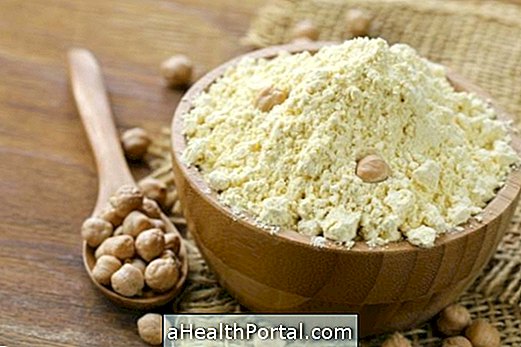
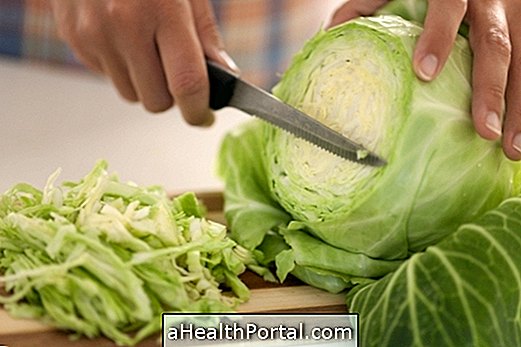


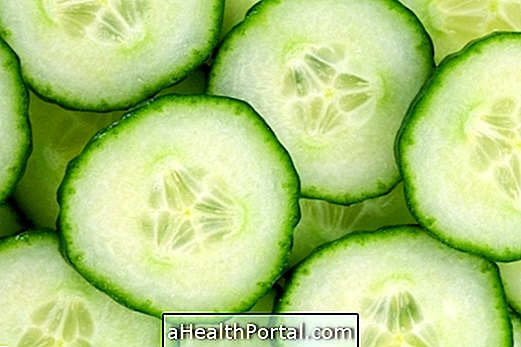


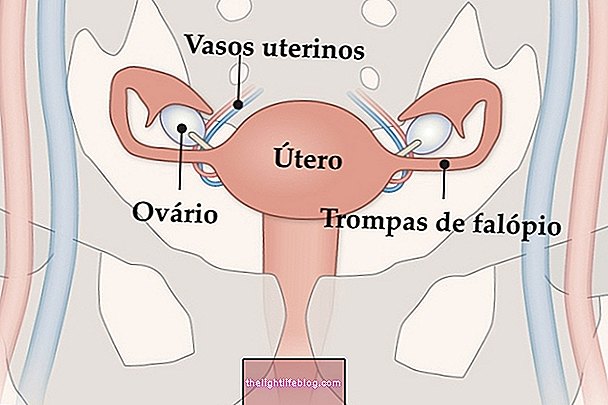









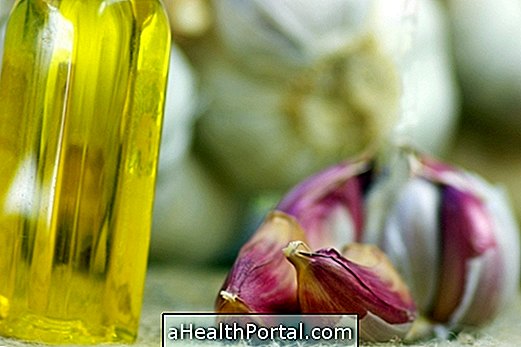
-o-que--causas-e-tratamento.jpg)

